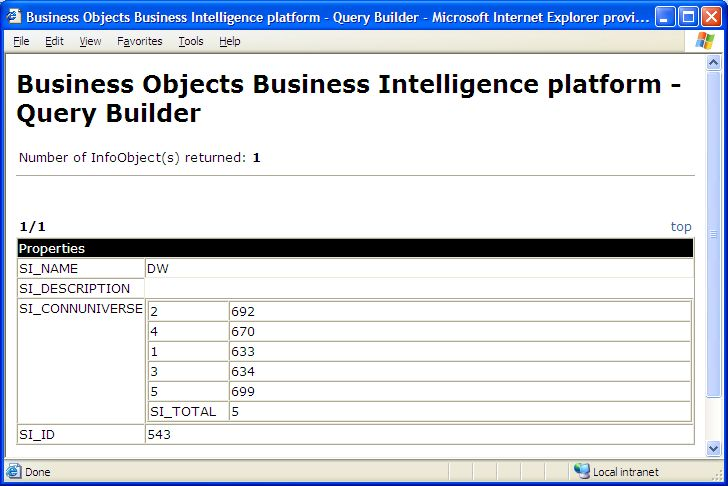Over the past few weeks, I’ve been reviewing different aspects of SAP BusinessObjects Enterprise on Linux. The writing has been slow, mostly because I’m using my “spare” time to finish the draft of my ASUG Annual Conference presentation that’s due on Monday.
Today’s post provides some tips of what to look at on an unfamiliar installation for the first time.
How can I tell which patches have been applied to my SAP BusinessObjects Enterprise system on Linux?
The <INSTALLDIR>/patch directory contains a text file named patch_list. It provides a simple list, in order, of the patches that have been applied. For example, on the systems that I’ve been supporting lately, the patch_list file looks like this:
IW
FP2_6
LAFix2_6_11
So the patch_list file is telling me that there’s been an initial installation (IW), that FixPack 2.6 was installed (FP2_6) and hot fix LAFix2_6_11 was also applied. The <INSTALLDIR>/patch directory will also have subdirectories named after each patch. These subdirectories contain additional information that may be useful. In particular, the ProductID.txt file gives some details about the patch. The ProductID.txt file in the FP2_6 directory looks like this:
Vendor : Business Objects
Product : FP2_6
Version : 11.5
Date : 17 Oct 2007
Platform : Linux
Hmmm… October 2007. That might lead somebody to wonder if more recent service packs are available. And they just might lay awake at night wondering if their system would perform better if the latest service pack was applied. Service Pack 6 (SP6) for XI Release 2 was released in December 2009 and a Fix Pack 6.1 has already been released in 2010.
How can I tell how the BusinessObjects Enterprise has been customized?
Checking the Servers management area in the CMC will let you know quickly what servers and of which type are running. However, you’ll want to look in the <INSTALLDIR>/bobje/ccm.config file to confirm if specific TCP/IP ports are used, if tracing has been accidentally left on, etc. The ccm.config file on Linux corresponds to the Central Configuration Manager application on a Windows installation. The file can be edited manually, but is generally modified by using the scripts (ccm.sh, cmsdbsetup.sh, serverconfig.sh) also in the <INSTALLDIR>/bobje directory.
Installing SAP BusinessObjects on Linux
Several blog readers have expressed interest in learning more about installing SAP BusinessObjects Enterprise on Linux. It’s fairly straightforward if you know some basic UNIX commands and the vi editor. But I’ll be doing a new install next week and paying attention for tidbits that are blogworthy and not covered by the standard documentation (which I’ve found to be quite good). Until then…


